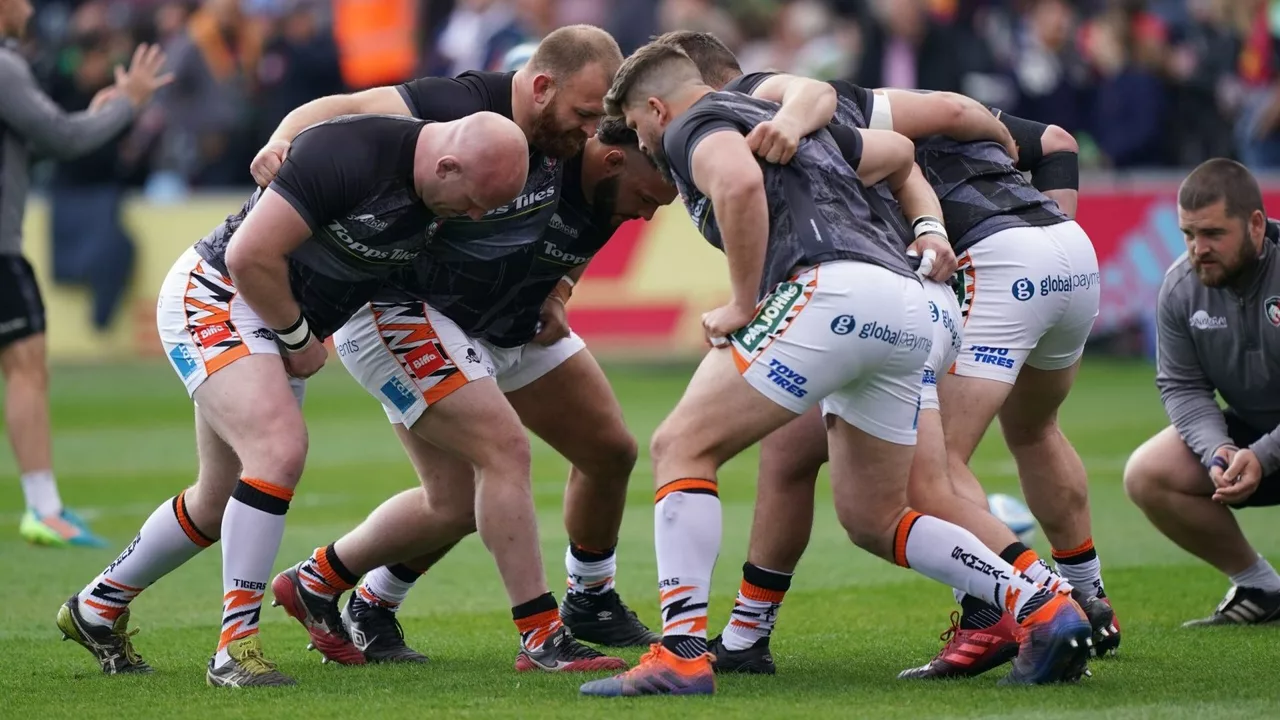Position Fit – Picking the Right Rugby Role
Ever walked onto the pitch and wondered if you’re playing in the spot that suits you best? It’s a common feeling. The right position can boost your confidence, improve team performance, and keep you injury‑free. Below are practical steps to figure out where you belong in the 15‑man lineup.
Assess Your Body and Skills
First, look at your physical traits. Are you tall and powerful, or quick and agile? Size matters in the forwards, while speed often shines in the backs. Next, think about what you enjoy doing during a game. Do you love the physical grind of scrums, or do you prefer darting past defenders with the ball in hand? Write down your favorite actions – tackling, passing, running, kicking – and rank them.
Don’t forget your fitness level. A player who can sprint 100 metres repeatedly suits the wing or full‑back. Someone with strong endurance and a knack for close‑quarters work fits the flanker or number 8. If you’re unsure, try a simple self‑test: sprint 30 m, then do a set of burpees. Quick bursts point to back‑line roles; consistent stamina hints at forward positions.
Match Traits to Common Positions
Prop (1 & 3): Big, solid, and good at short bursts. If you enjoy the scrum and can push hard, this is your spot.
Hooker (2): Slightly lighter than a prop but still strong. You need a good throw for line‑outs and the ability to move around the hook.
Locks (4 & 5): Tall, good in the air, and strong in the maul. If you’re comfortable jumping for line‑outs, give this a go.
Flankers (6 & 7): Fast for a forward, great at tackling and stealing the ball. If you love chasing and have a high work rate, you’ll fit here.
Number 8: Mix of power and ball‑carrying. Good for players who like to run from the base of the scrum.
Scrum‑half (9): Small, quick decision‑maker. You’ll need sharp passing and a good view of the whole field.
Fly‑half (10): Tactical brain, solid kicking, and passing skills. If you love directing play, this is the role.
Centres (12 & 13): Strong runners with solid defence. You should be able to break tackles and set up teammates.
Wing (11 & 14): Speedy, good at finishing moves, and able to tackle out wide. If you love sprinting down the sideline, try the wing.
Full‑back (15): Reliable under the high ball, good kicker, and solid last‑line defender. You need a mix of speed, strength, and confidence.
After you’ve matched your traits, test them out in training. Ask your coach for a few minutes in the position you think fits. Real‑world experience will confirm (or challenge) your guess.
Lastly, stay flexible. Many players switch positions as they develop. What works at 18 might change at 24. Keep evaluating your strengths, and don’t be afraid to try a new role if it feels right.
Finding the perfect position is a mix of self‑awareness and on‑field trial. Use the steps above, talk to coaches, and give each spot a fair go. When you finally land in the role that matches your body, skills, and enjoyment, you’ll notice the difference instantly – both for you and the whole team.
What rugby union position would I fit in?
Deciding which rugby union position I'd fit in depends on my physical attributes, skill set and understanding of the game. If I'm fast and agile, I may be suited to positions like the wing or fullback. If I have good ball handling skills and strategic thinking, I could consider playing as a fly-half or scrum-half. On the other hand, if I'm bigger and stronger, positions in the forward pack like the prop or lock might be ideal. Remember, it's not just about size and strength, but also about agility, speed, and game intelligence.
